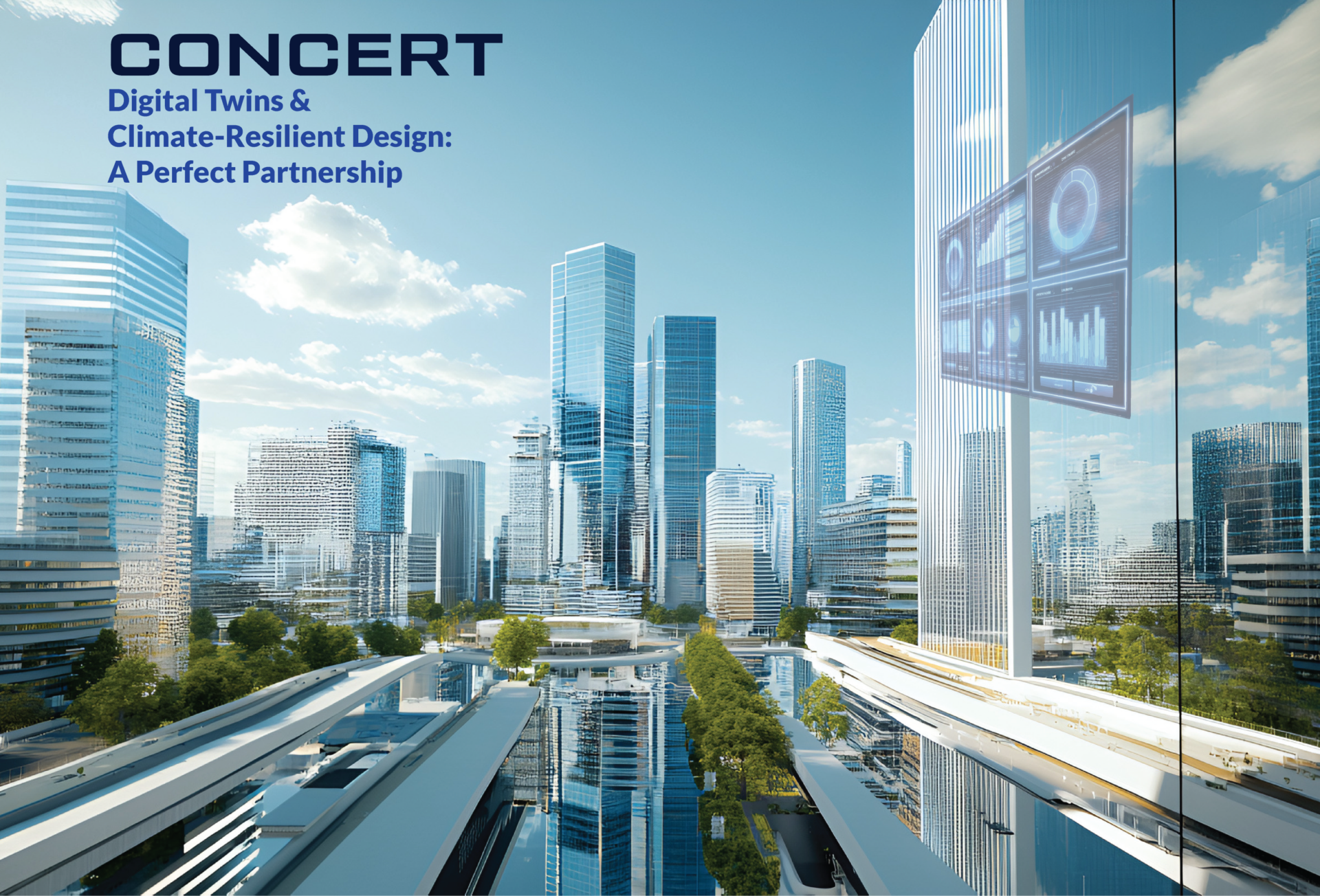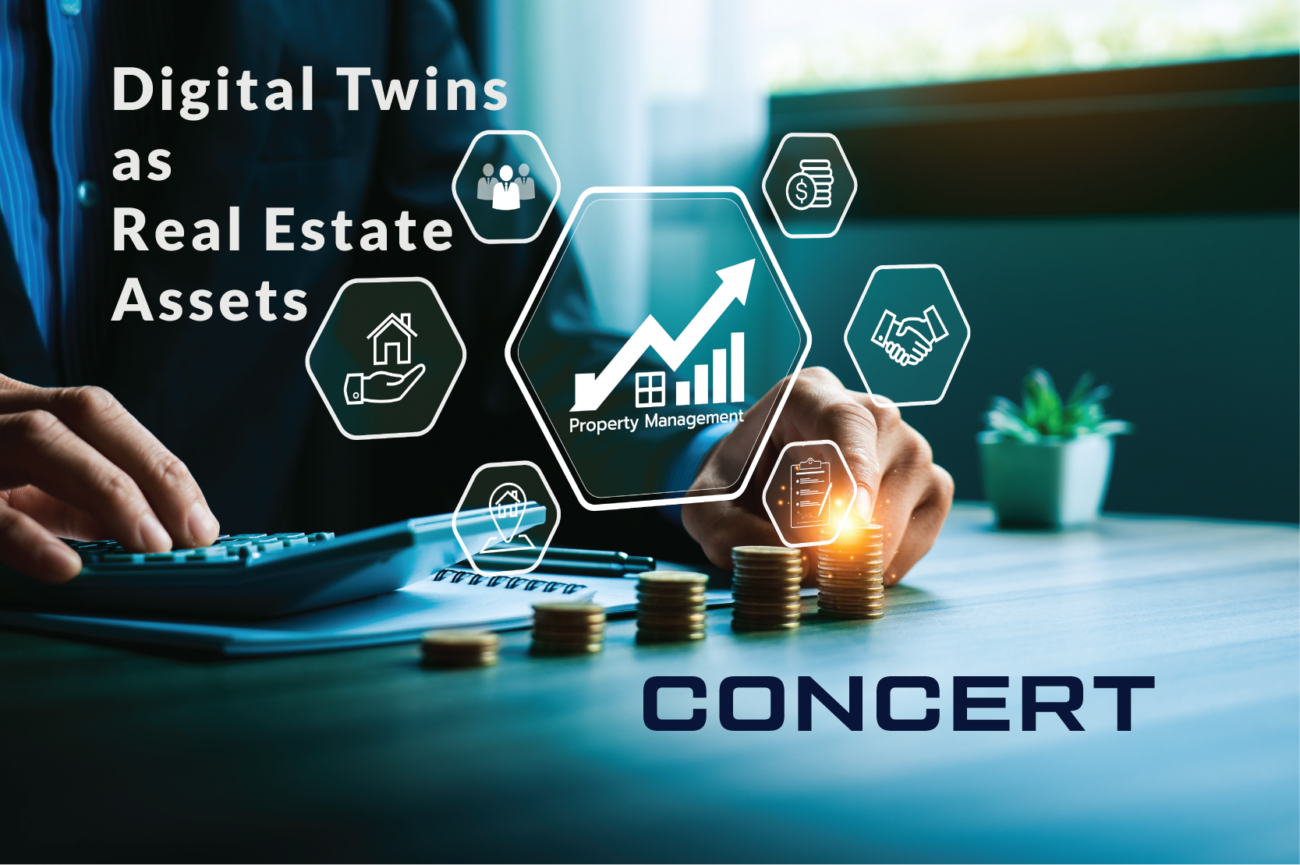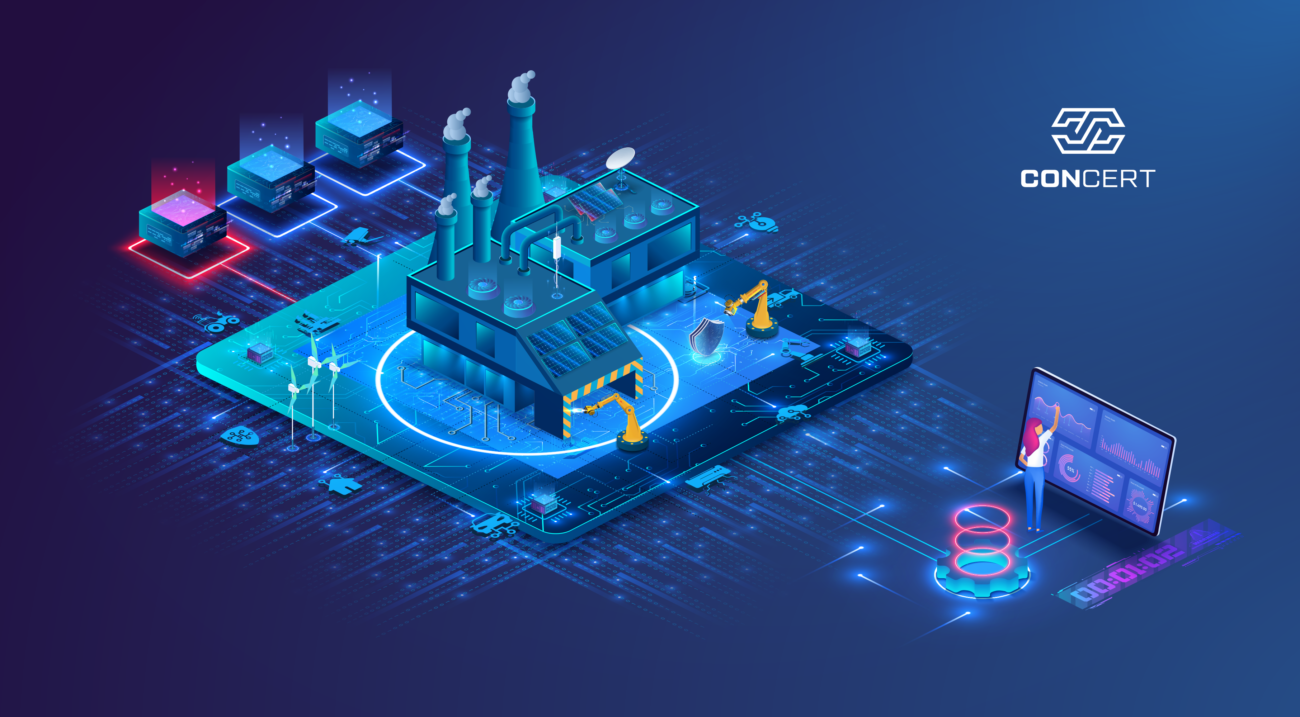The idea of digital twins in the built world has sparked excitement for years. The ability to create real-time digital models that monitor, simulate, and optimize buildings seemed like a game-changer. Yet, despite this promise, adoption has lagged.
At the same time, digital twins have thrived in the industrial and transportation sectors. These industries aren’t just using them for visualization—they’re leveraging them as decision-making engines that adapt to new technologies, optimize layouts, and increase efficiency.
The AECO industry must take the same approach to make digital twins relevant for climate resilience. The real value of these models isn’t in creating a digital replica—it’s in absorbing data at scale and generating meaningful insights that shape the built environment dynamically.
How Industrial Digital Twins Are Getting It Right
Manufacturers and logistics companies have successfully integrated digital twins because they use them to drive change rather than just document existing conditions.
Take industrial floor reconfigurations as an example. Instead of demolishing and rebuilding, companies use digital twins to simulate and test different layouts before making real-world changes.
This approach delivers three major benefits:
- Extends infrastructure lifespan – Facilities adapt to new technology without massive overhauls.
- Reduces material waste – Targeted interventions replace unnecessary demolition.
- Increases efficiency – Data-driven decisions optimize space and workflow.
By modeling multiple outcomes, companies can confidently choose the most effective strategy. This ability to reconfigure and adapt is a form of climate resilience—and it’s exactly what’s missing in the built world.
The Struggles of Built-World Digital Twins
Despite all the investment in digital twins for buildings, few have delivered game-changing results. Why? Because they focus too much on visualization and not enough on real-time decision-making.
Many building-focused digital twins rely on BIM (Building Information Modeling) and IFC models, which are great for design but not structured for continuous data updates.
As a result, these models often:
- Provide little value beyond basic BIM functions.
- Get trapped in proprietary software ecosystems.
- Fail to generate useful insights for ongoing decision-making.
In contrast, industrial and transportation digital twins prioritize data aggregation. They don’t just represent assets; they absorb information, analyze trends, and predict outcomes.
This shift toward data-first modeling is what the built world needs to unlock digital twins’ full potential.
A New Approach: Centralizing Data Access Instead of Centralizing Data Itself
Forward-thinking companies are redefining how building data is leveraged. VIATechnik’s Voyager takes an innovative approach—prioritizing seamless access to data from multiple sources rather than confining information within a single virtual model.
This shift marks a significant step forward. By centralizing access rather than ownership, Voyager enables real-time insights and scalability without the constraints of traditional data silos.
As Voyager continues to evolve, VIATechnik sees it as the vehicle to deliver data seamlessly throughout the entire building lifecycle. Voyager enables a holistic understanding of building data, capturing insights at every level, from the overall facility down to each individual asset. By bridging the gap between static models and dynamic, real-time information, Voyager empowers owners and operators to make smarter, data-driven decisions that enhance efficiency, sustainability, and long-term performance.
What This Means for Climate-Resilient Design
If digital twins evolve into decision-making tools instead of just virtual replicas, they could play a major role in helping cities and architects create more climate-resilient spaces.
1. Driving Adaptive Reuse
Sustainable design often focuses on creating new energy-efficient buildings, but the greenest building is the one that already exists. The challenge is determining whether an existing structure can be adapted instead of demolished.
A well-developed digital twin could model material durability, structural integrity, and operational efficiency to determine if a building should be retrofitted rather than replaced.
2. Strengthening Buildings for Future Climate Challenges
Many sustainability interventions happen after buildings are already in use, but what if planning started earlier?
A data-driven digital twin could help answer questions such as:
- Can this foundation support a future wind turbine or solar retrofit?
- Should this structure be reinforced for vertical expansion?
- How much of the building’s material can be repurposed for future upgrades?
Instead of making last-minute adjustments, architects and engineers could use digital twins to design for adaptability from day one.
3. Scaling Resilience Beyond a Single Building
Instead of limiting digital twins to individual structures, cities could use them to model entire districts and their resilience to climate threats.
With the right data, digital twins could help:
- Predict urban heat island effects and optimize cooling strategies.
- Improve stormwater management and flood prevention.
- Assess infrastructure durability against extreme weather conditions.
Some cities have begun experimenting with these tools, but widespread adoption is needed to make climate resilience scalable.
Concert’s Role: Making the Data Trustworthy
Concert doesn’t build digital twins, but we play a crucial role in making them work. Digital twins are only as valuable as the data they rely on, and that’s where Concert provides a critical foundation.
1. Providing Verifiable Environmental Data
For digital twins to impact climate resilience planning, they need access to accurate and trusted data on:
- Material sourcing and embodied carbon impact.
- Operational energy use and long-term performance trends.
- Environmental product declarations and compliance records.
Concert ensures that this data is stored permanently and remains tamper-proof, making it usable for long-term planning.
2. Enabling Seamless Data Integration
One reason industrial and transportation digital twins work so well is that they connect with other data sources effortlessly. The built world needs that same level of interoperability, and Concert’s data repository is designed to support it.
3. Supporting Green Compliance and Future Regulations
As governments and industries tighten environmental regulations, digital twins will need to track sustainability metrics, emissions reporting, and material compliance. Concert’s platform already provides a structured framework for this, ensuring that data remains accurate, accessible, and trusted.
Conclusion: Digital Twins Need to Be More Than Just Models
Digital twins in the built world haven’t yet delivered on their promise, but that doesn’t mean they never will.
The industries that have successfully adopted them—manufacturing, logistics, and transportation—show that the key is data-driven decision-making, not just 3D modeling.
To make digital twins truly valuable for climate resilience, the industry must:
- Shift from static visualizations to real-time data absorption.
- Focus on long-term adaptability rather than just efficiency gains.
- Treat digital twins as scenario-planning engines, not just design tools.
The companies that lead this transformation won’t be the ones that create the most realistic 3D models—they’ll be the ones that build the best data platforms.
Concert isn’t building digital twins, but we’re making sure they work by providing trusted, structured data that enables them to fulfill their potential.
That’s the foundation digital twins need—and that’s the path forward for climate-resilient design.





